Postcards past and present: Reimagining historic Stroud

There’s something undeniably nostalgic about an old postcard. Faded sepia tones, handwritten scribbles from a different era, and idyllic images capture Stroud’s past in all its charm.
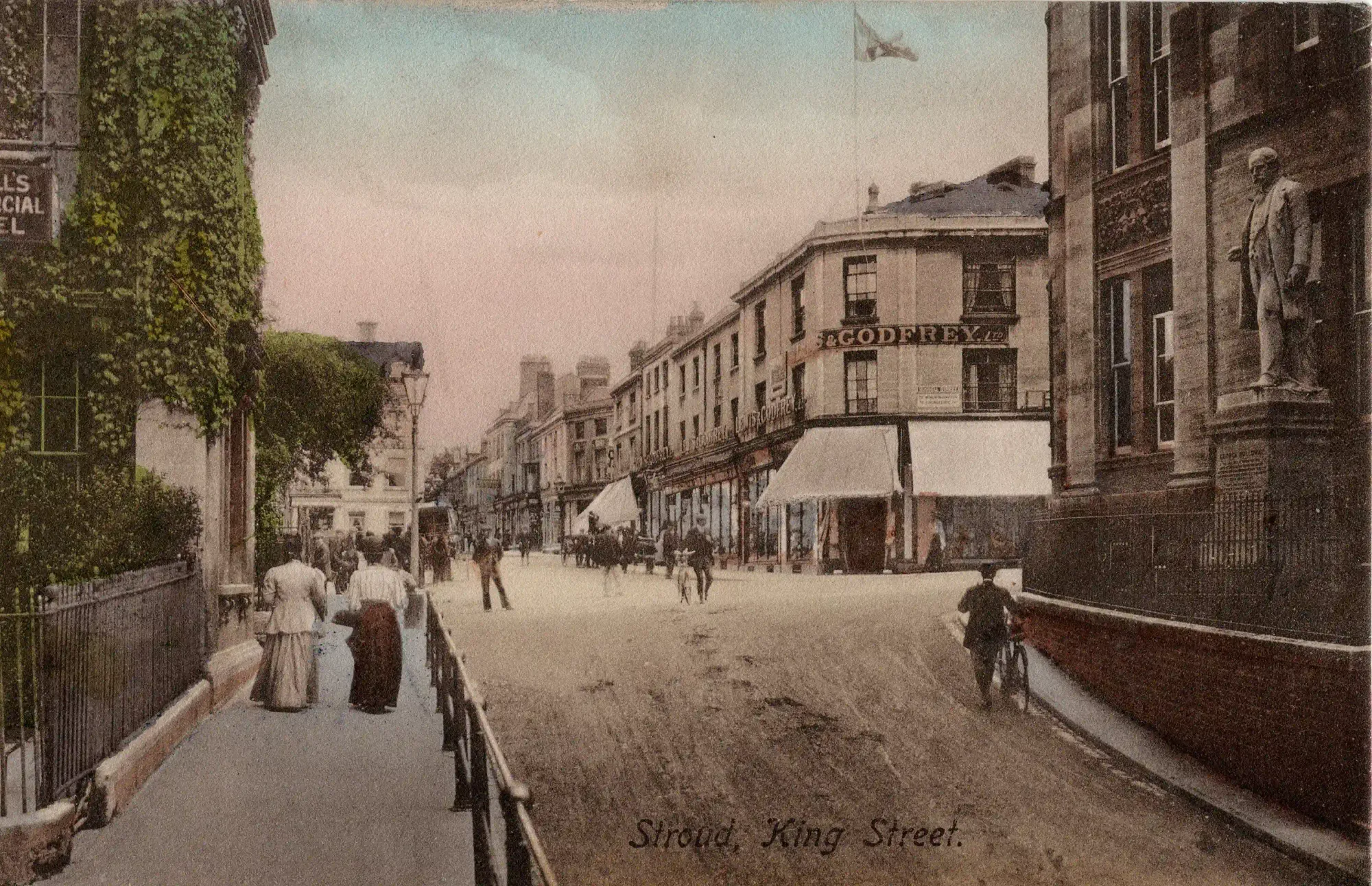
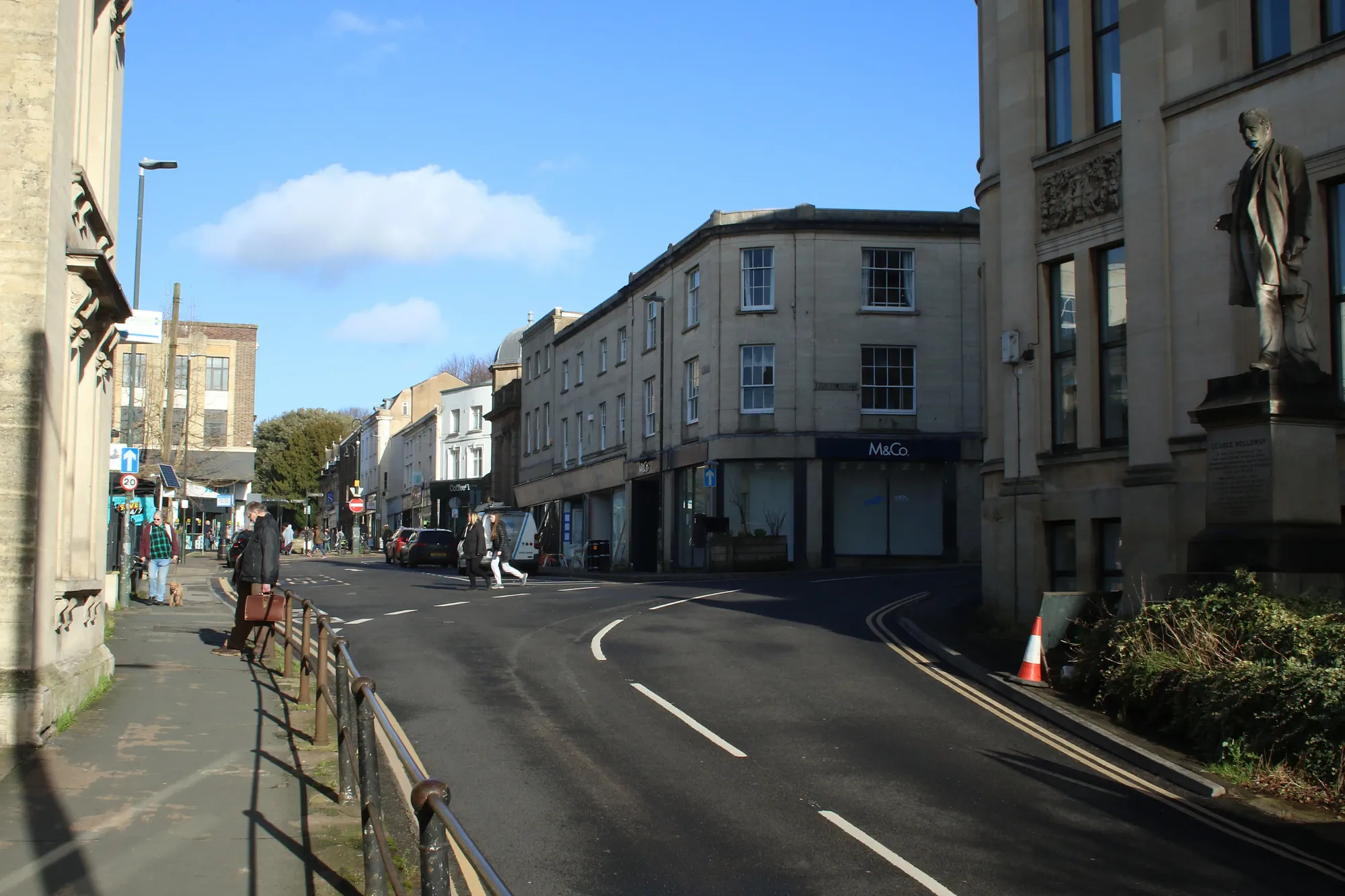
Collected from antique centres and charity shops across the county, these postcards date from the early 1900s to the mid-20th century. The antique images show Stroud’s bustling town centre, sleepy lanes, and historic buildings - many of which remain familiar today, while others have been obscured by housing developments or changed beyond recognition.
This project brings these vintage scenes back to life, recreating old postcard images with modern-day photography. The fascinating results are a glimpse into how Stroud life has evolved over the centuries while retaining the essence of its rural, post-industrial character.


Julie Mountain from the community history group Remembering Rodborough says these old postcards are a glimpse into Stroud life generations ago.
“The cards would have been produced in large quantities in the very early 20th century and bought to send a quick message or for a postcard album. Postal deliveries were made several times a day, so it was the equivalent of sending a text message.”


“In many of these scenes it's remarkable how little has actually changed,” Julie remarks. “The view from the common with the bench shows less housing development, but the smoke from the mill chimneys is noticeable.”
One subtle comparison is the view of town centre, near the Subscription Rooms. The postcard depicts shoppers exploring Russell Street, named after Lord John Russell, Stroud MP from 1837 to 1841 and later Prime Minister.


Much like today, it was a focal point of Stroud's commercial life. Nowadays the scene is busier, with cars and modern shopfronts, yet the impressive façades of some of the older buildings remain unchanged.
Meanwhile, postcards of the canal at Wallbridge tell a different story. Once a thriving industrial waterway, it fell into decline when the railway came to Stroud in 1845 and became the main means of transporting goods and people in the 19th century.


Now, thanks to restoration efforts over the past decades, the canal is alive again, with cyclists and walkers enjoying its peaceful beauty - perhaps not so different from those who strolled its banks a hundred years ago. The view of the fort is now obscured by foliage, but Fromehall Mill can still be seen in the middle-ground.
It’s hard to imagine exploring this bygone era of Stroud, which didn’t just look different but would have felt different to people living then. No smooth tarmac pavements to walk on, no bright streetlights to see by, or beeping of pedestrian crossings to listen out for.


“I think we eliminate the memory of smells from our minds when viewing old photos,” adds Julie. “Much of Stroud would have been smoky, steam trains passed through, and entering town from Rodborough there would have been the smell of the brewery.”
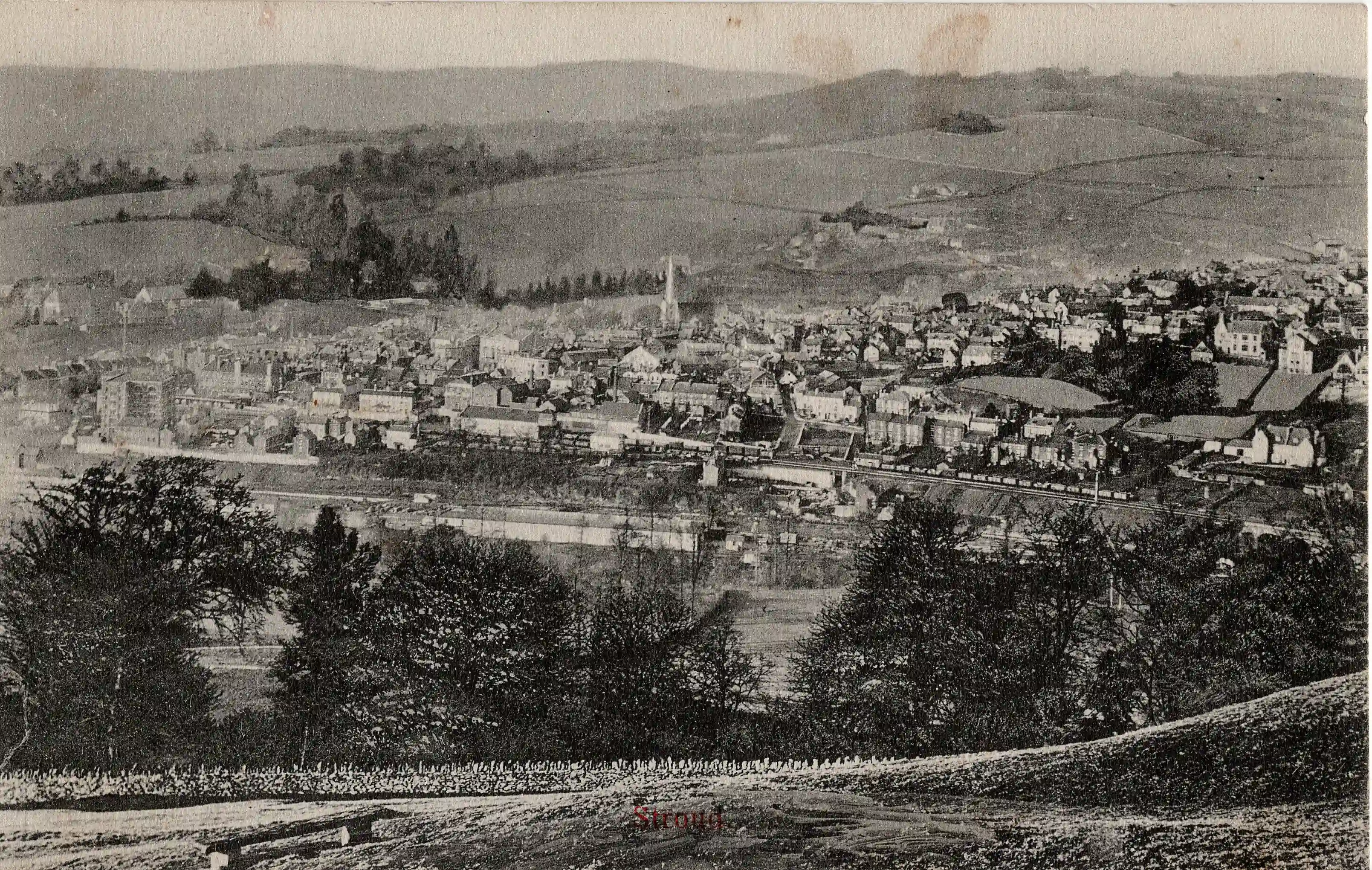

“Nonetheless, the common would have been a place of clean air, and it was often marketed as a health resort. The crowds in the black and white photo show its popularity.
This would probably have been Easter or Whitsunday, with everyone dressed in their best clothes. There's no evidence of picnics or activity. They seem to be happy just congregating.”
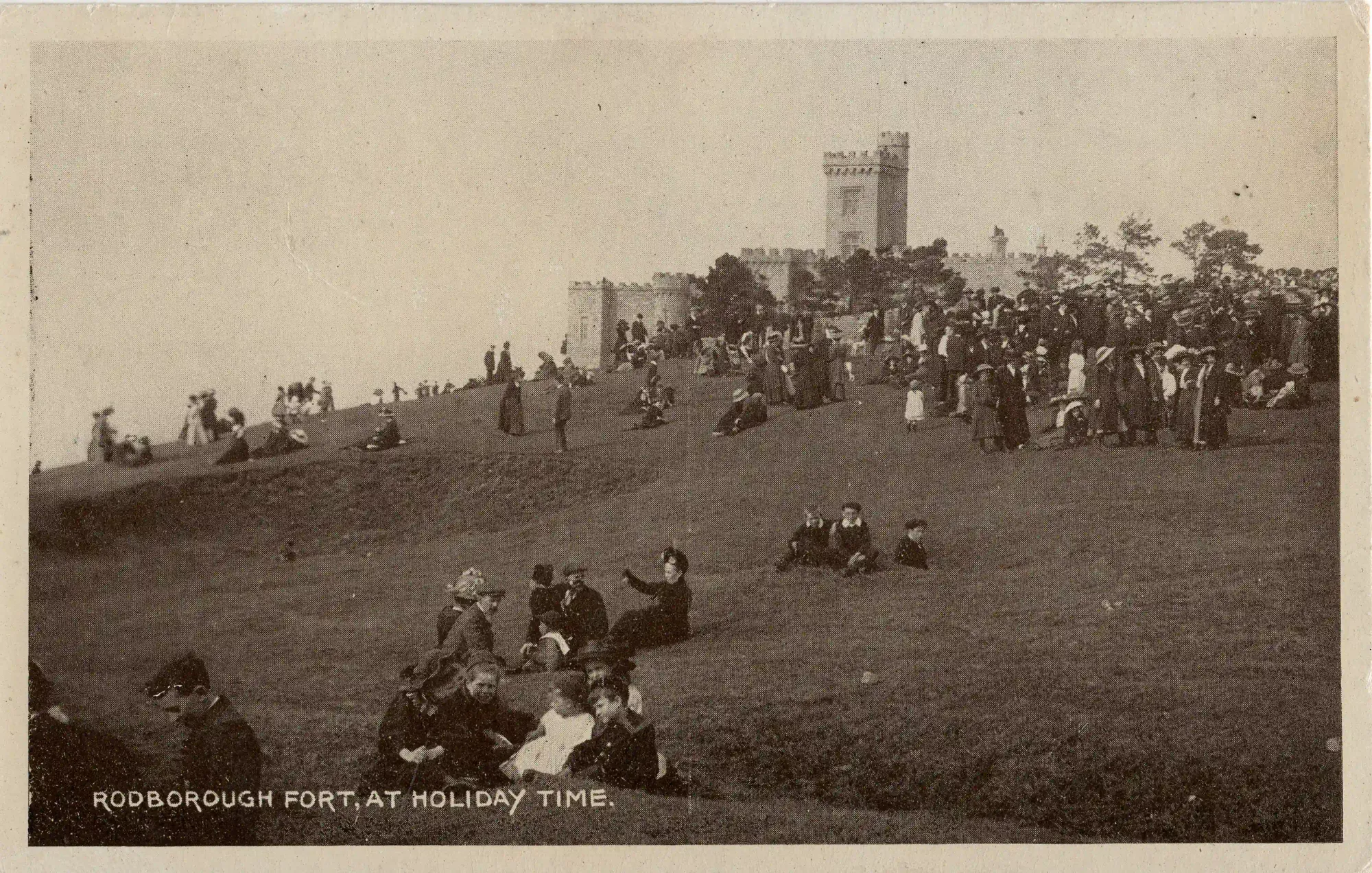
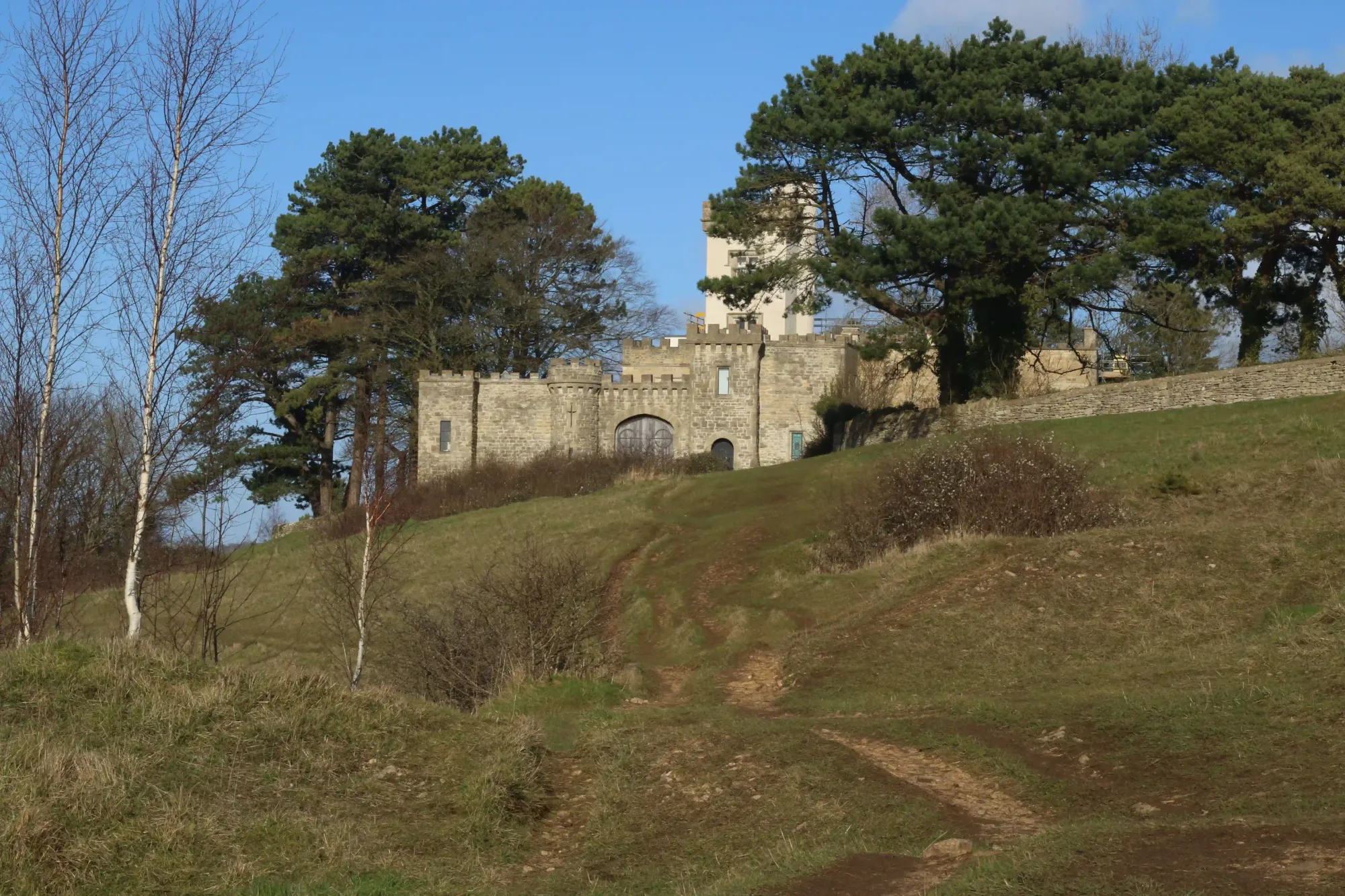
While these images now seem ancient and nostalgic, from the perspective of when they were taken, Stroud had already been through many transformations as a town.
The explosion of the wool and cloth industries in the 17th and 18th centuries saw a large expansion of businesses and housing, enabled by canal and later railway construction. By the early 20th century, local cloth production was no longer dominant, and the mills moved to lighter industrial work.

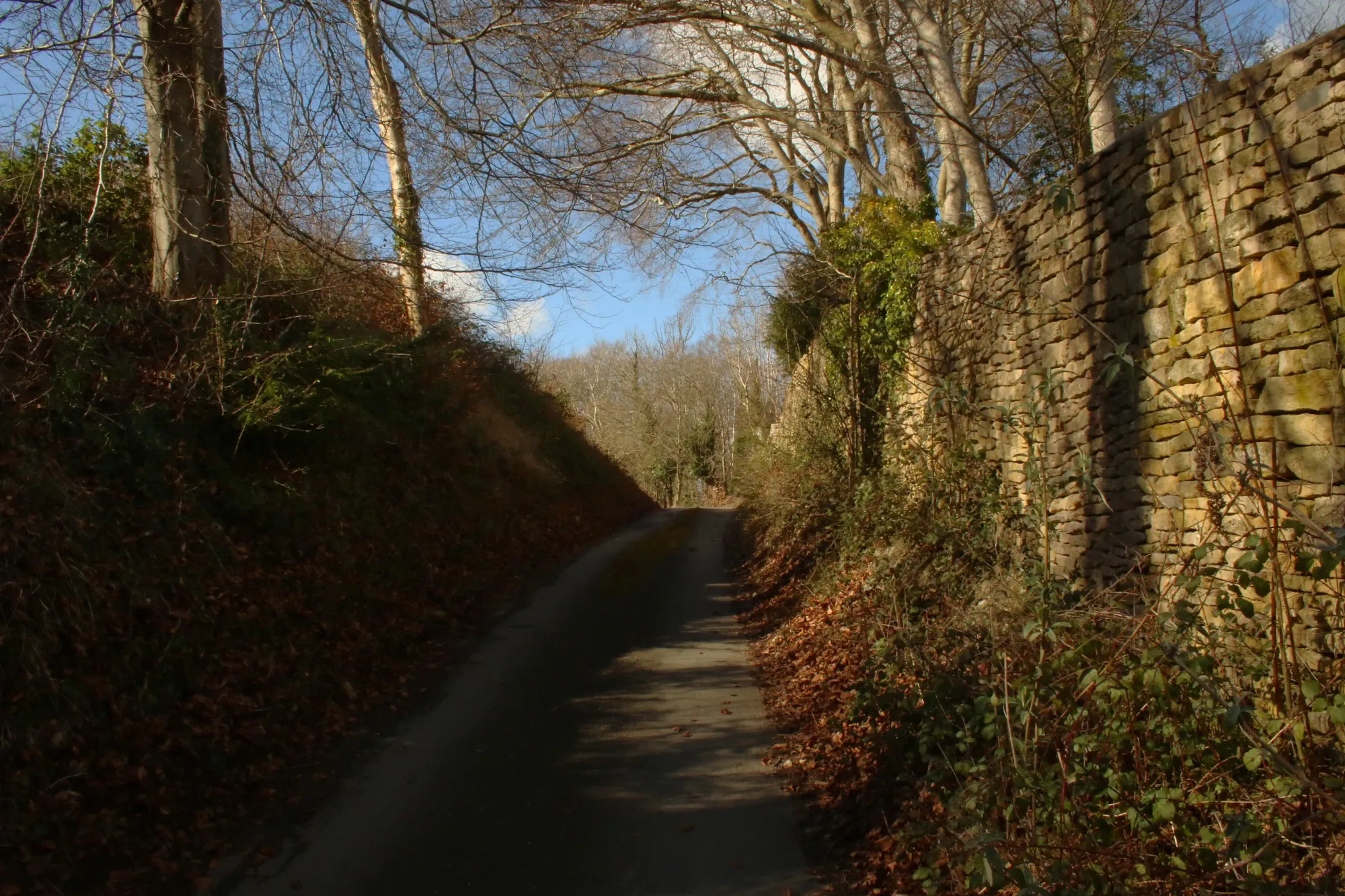
These changes are reflected in the old postcards showing how a former main road through Rodborough had become disused. “The Mount Vernon photo shows part of the old main route from Bowbridge to the common before the turnpike road up Butterrow Hill was built in 1825,” Julie explains. “It would have long been redundant for main traffic by the time of the postcard.”
Appreciating local history is more than a nostalgic trip down memory lane. It helps us understand our collective past, and remember the lives and hard work of those before us, who helped shape Stroud into the town it is today. As Julie says, “Places evolve and memories can be lost, and it's valuable to know the history of our surroundings.”
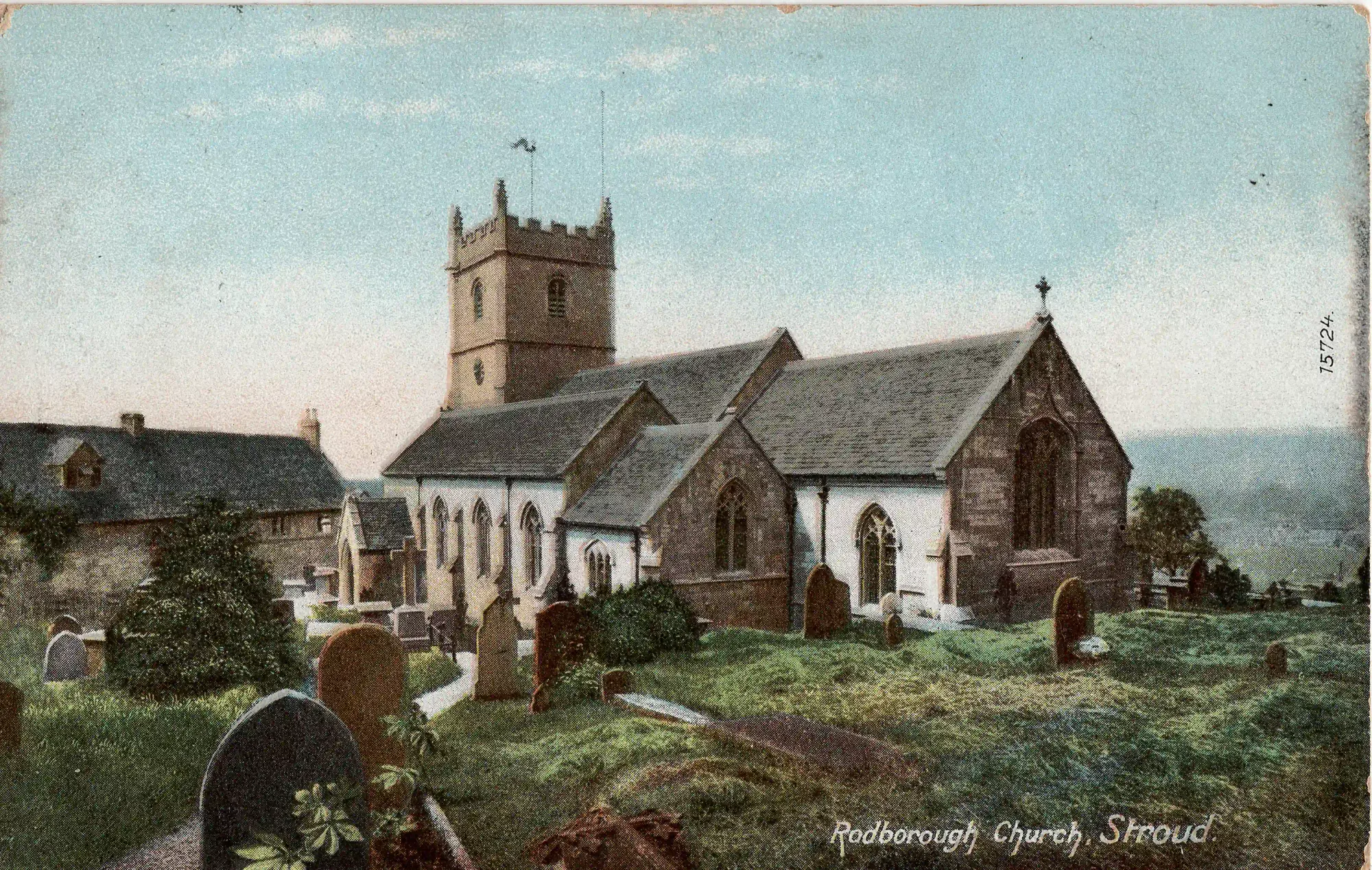


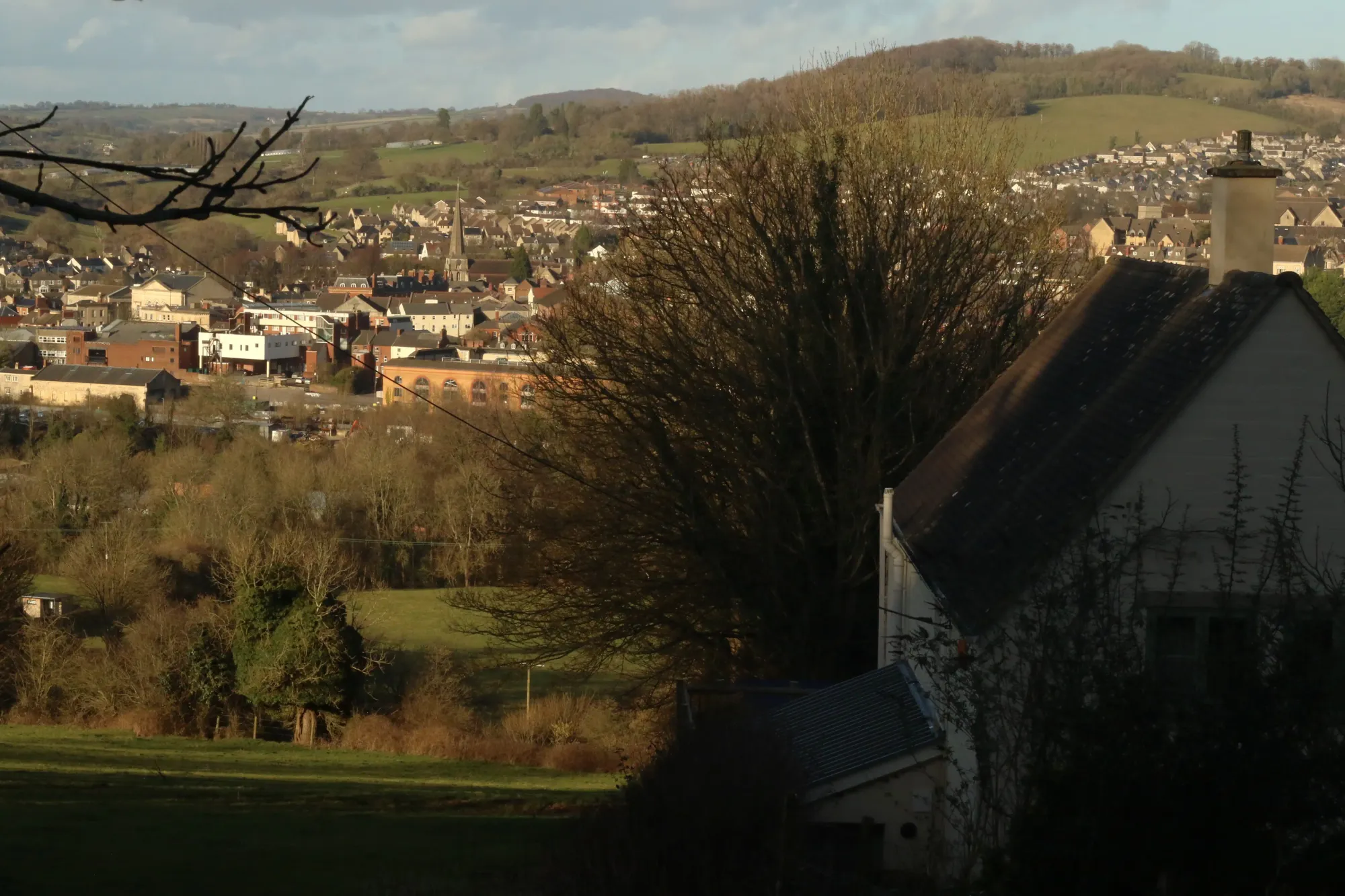

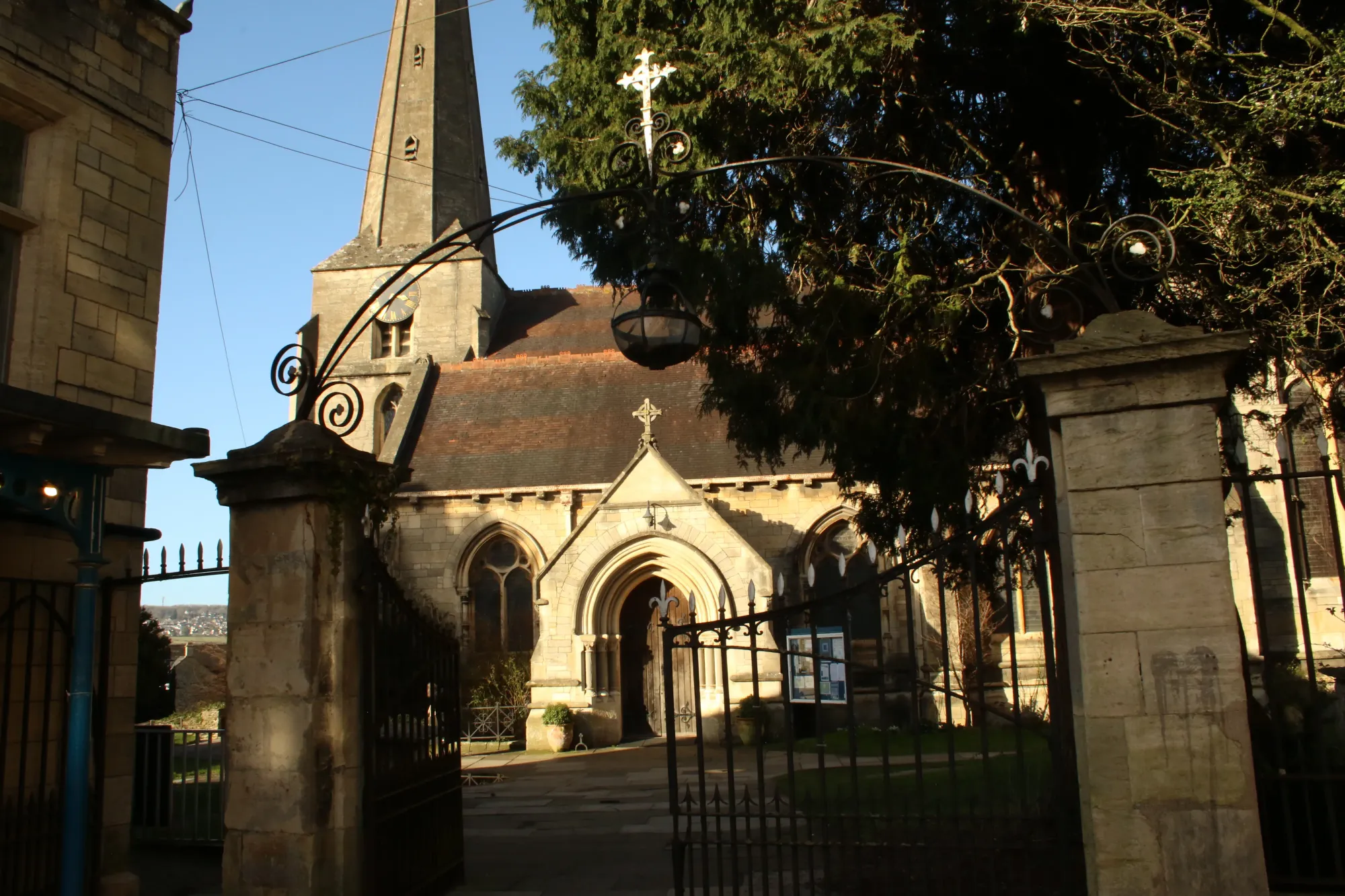
Alex Parnham-Cope is a multi-media journalist and writer from Stroud. You can find out more about Remembering Rodborough’s historical work and their upcoming events by checking out their website.

Amplify Stroud is supported by Dialect rural writers collective. Dialect offers mentorship, self-study courses, and publishing.

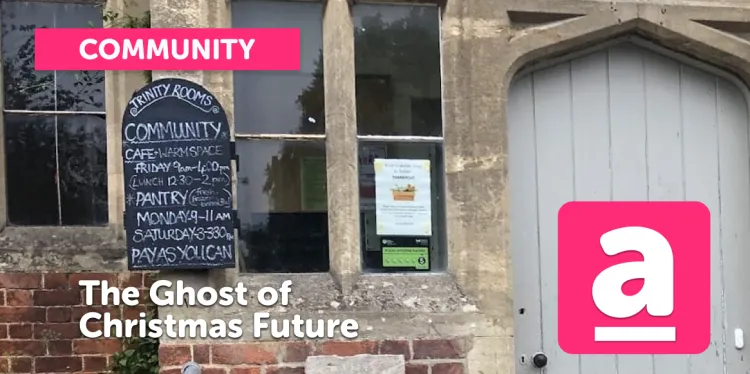




Member discussion